Originally built for the U.S. Army between 1952 and 1960, a total of 3,700 M42s were built.
The weapon system first saw use in the Korean War and served through the 1980s.
There was also an externally mounted .30 caliber M1919 Browning machine gun for vehicle defense.
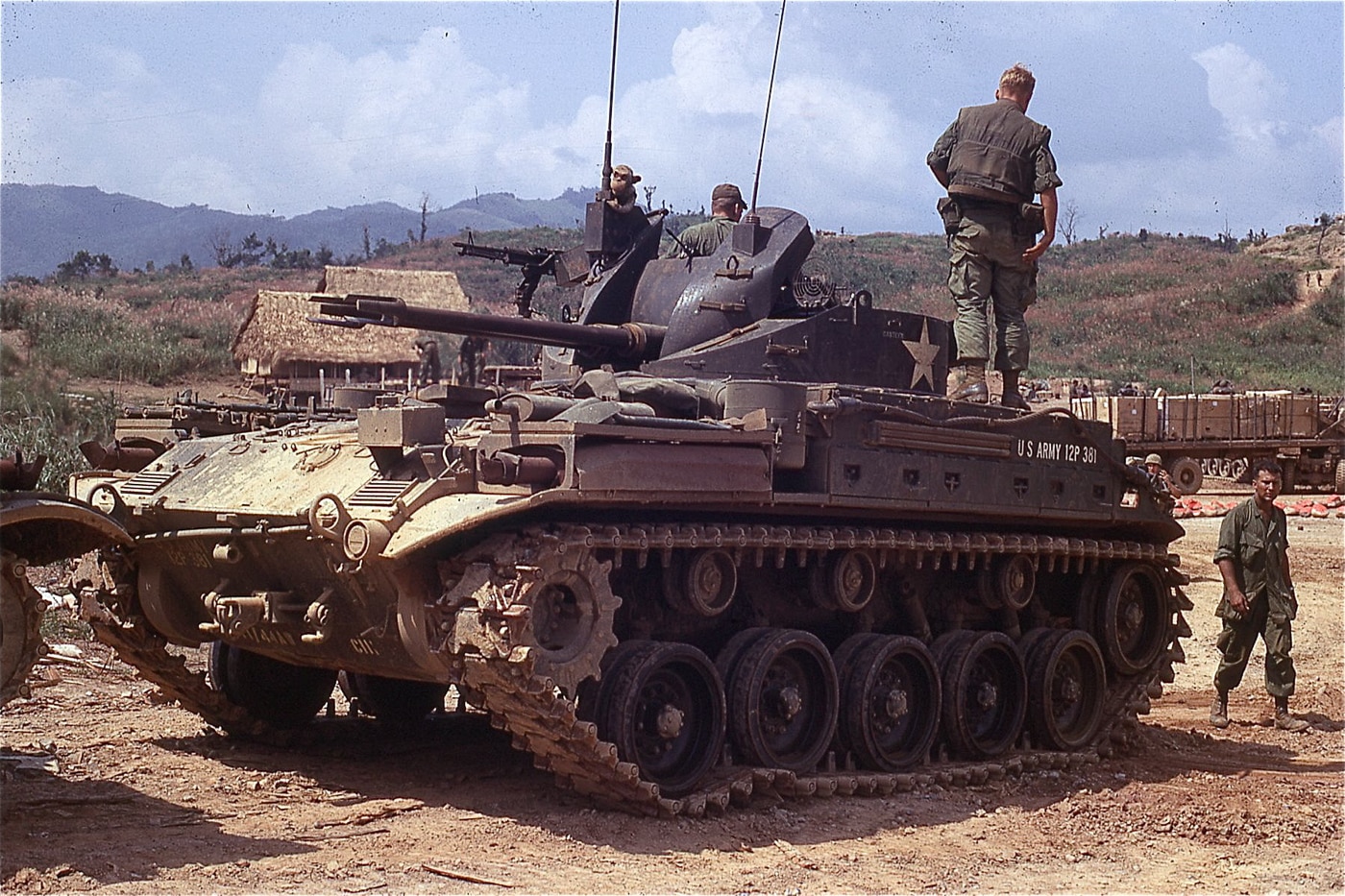
A U.S. Army M42 Duster prepares for convoy security on Route 9 in South Vietnam. Image: U.S.M.C.
The flash suppressors were changed from the standard conical design to a three-prong model for use with the Duster.
In Effect
The Duster fire control system was controlled by the commander, who located the target.
He would estimate the speed, direction, and angle, entering it into the sighting system.
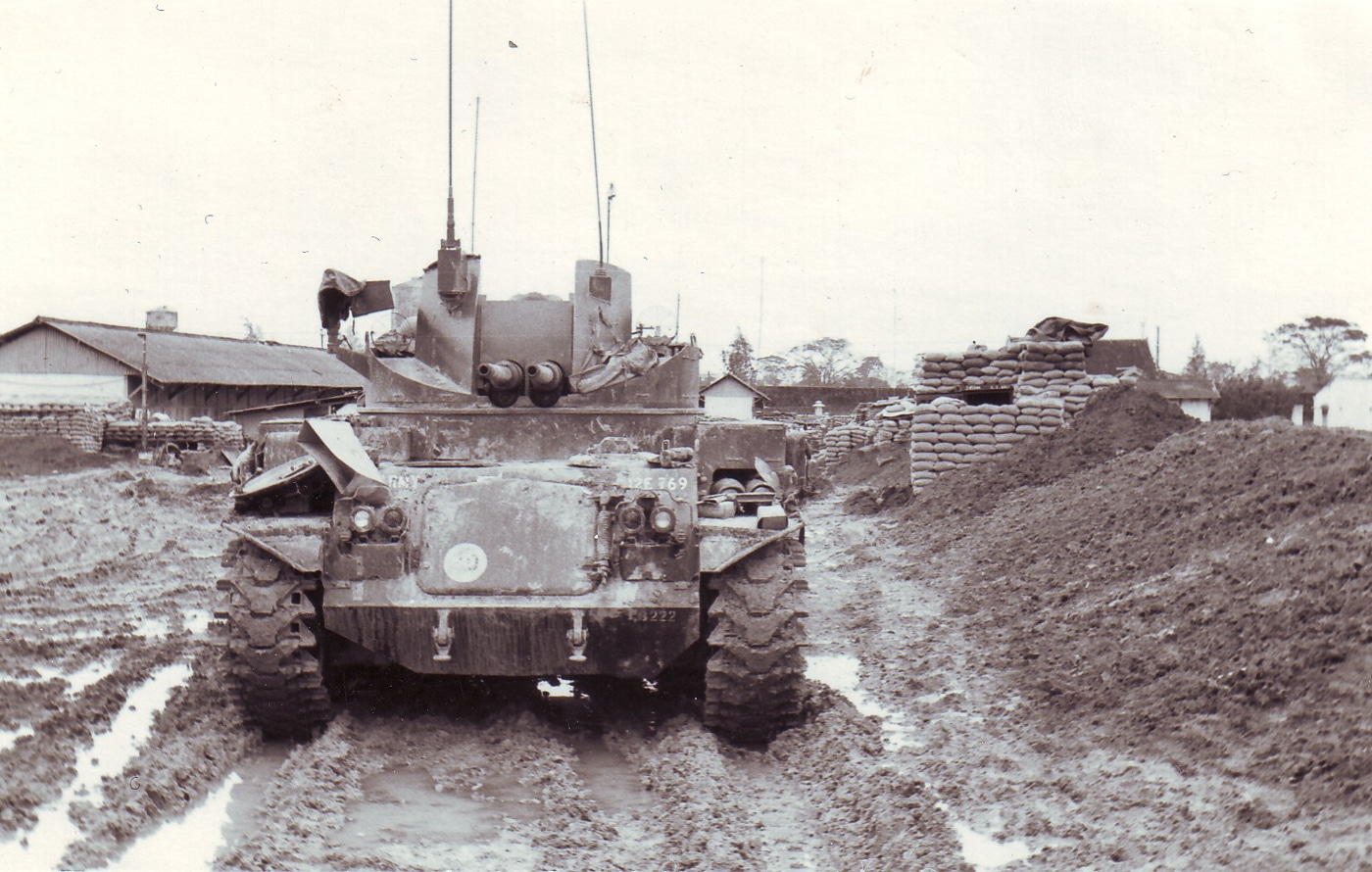
M42 Duster at the U.S. military base in Quảng Trị sometime in February 1968. Image: Sciacchitano/CC BY-SA 3.0
The Duster was also a great asset for nighttime missions using the infrared mode on the searchlight.
With this search mode, the Dusters could search for the enemy without giving away their position.
The Bofors entered service in 1932, and by 1939, it was in service with 18 countries.
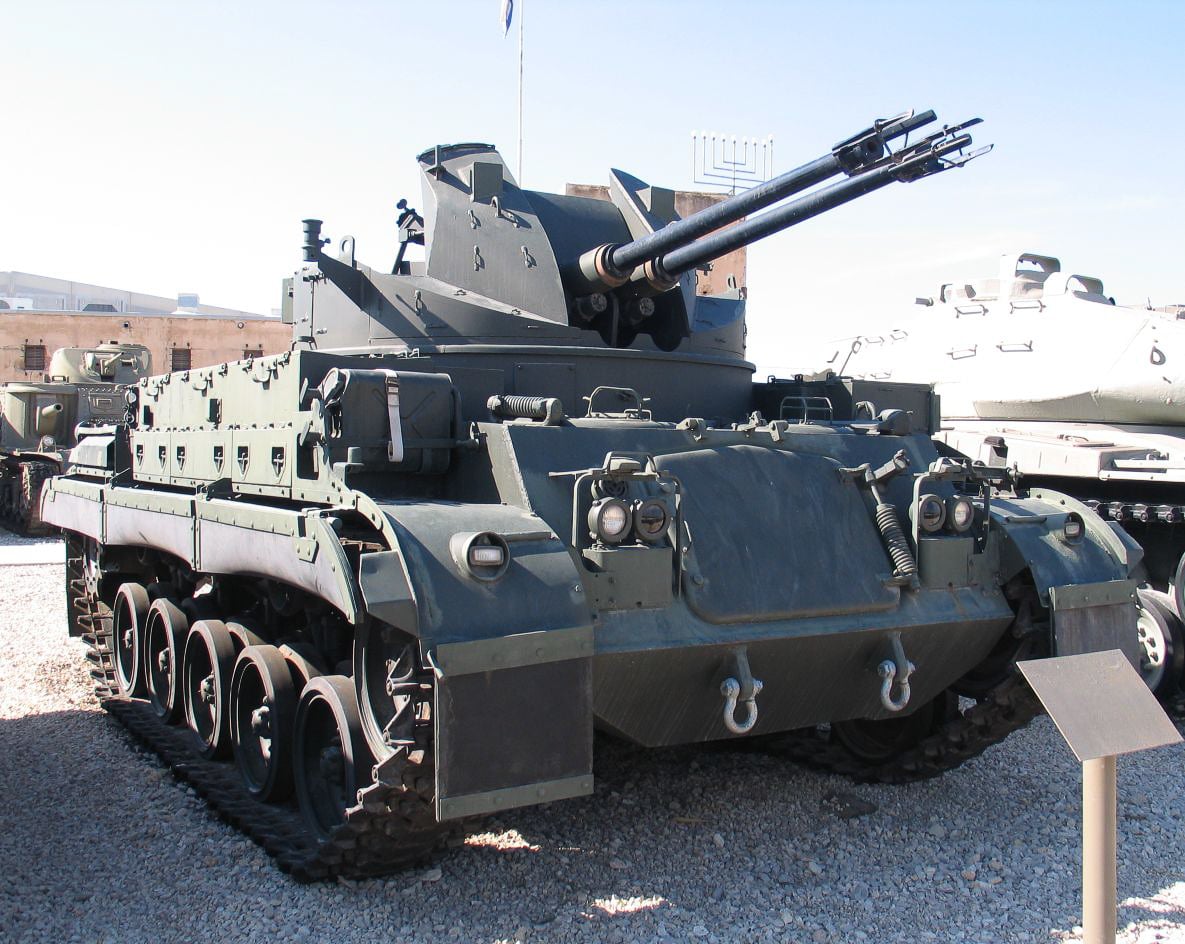
This M42 Duster anti-aircraft weapon is on display at the Yad la-Shiryon Museum, Israel. Image: Bukvoed/CC BY 2.5
During WWII, the 40mm Bofors was used by a majority of military units.
The Bofors also found a home in the air aboard theAC-130 Spectre gunship.
In place of the aging Duster, the Army began deploying HAWK surface-to-air missile batteries.
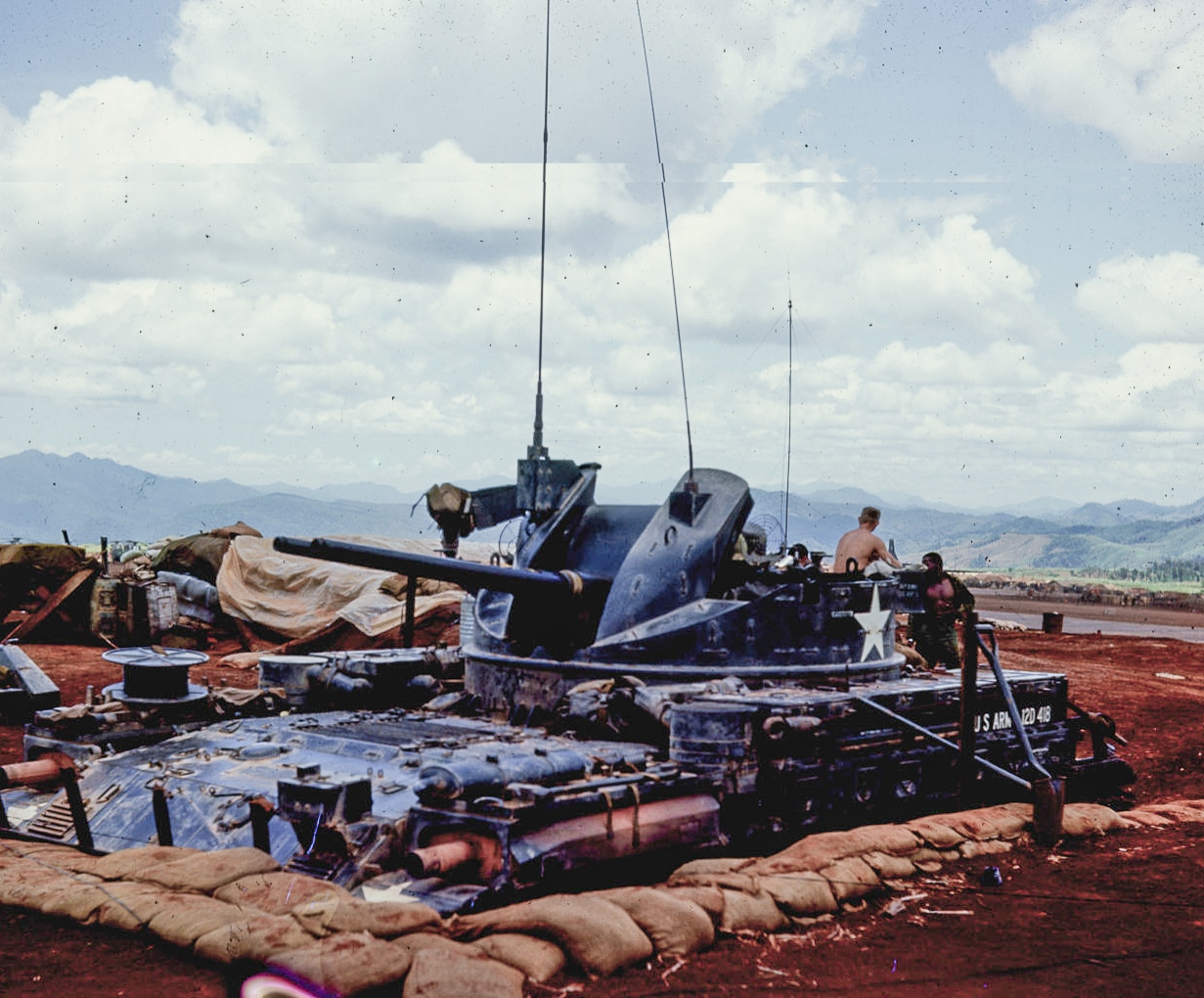
A U.S. Army M42 Duster at Khe Sanh Combat Base in April 1967. The M42s would provide significant firepower to the Americans during the Battle of Kke Sanh the following year. Image: U.S.M.C.
Around 1966, the Army began recalling the M42 Duster from National Guard units for service in Vietnam.
It was here that the Duster made a name for itself, making a notable impact during the war.
Upon arriving in Vietnam, the Dusters were commonly deployed in pairs in a ground support role.
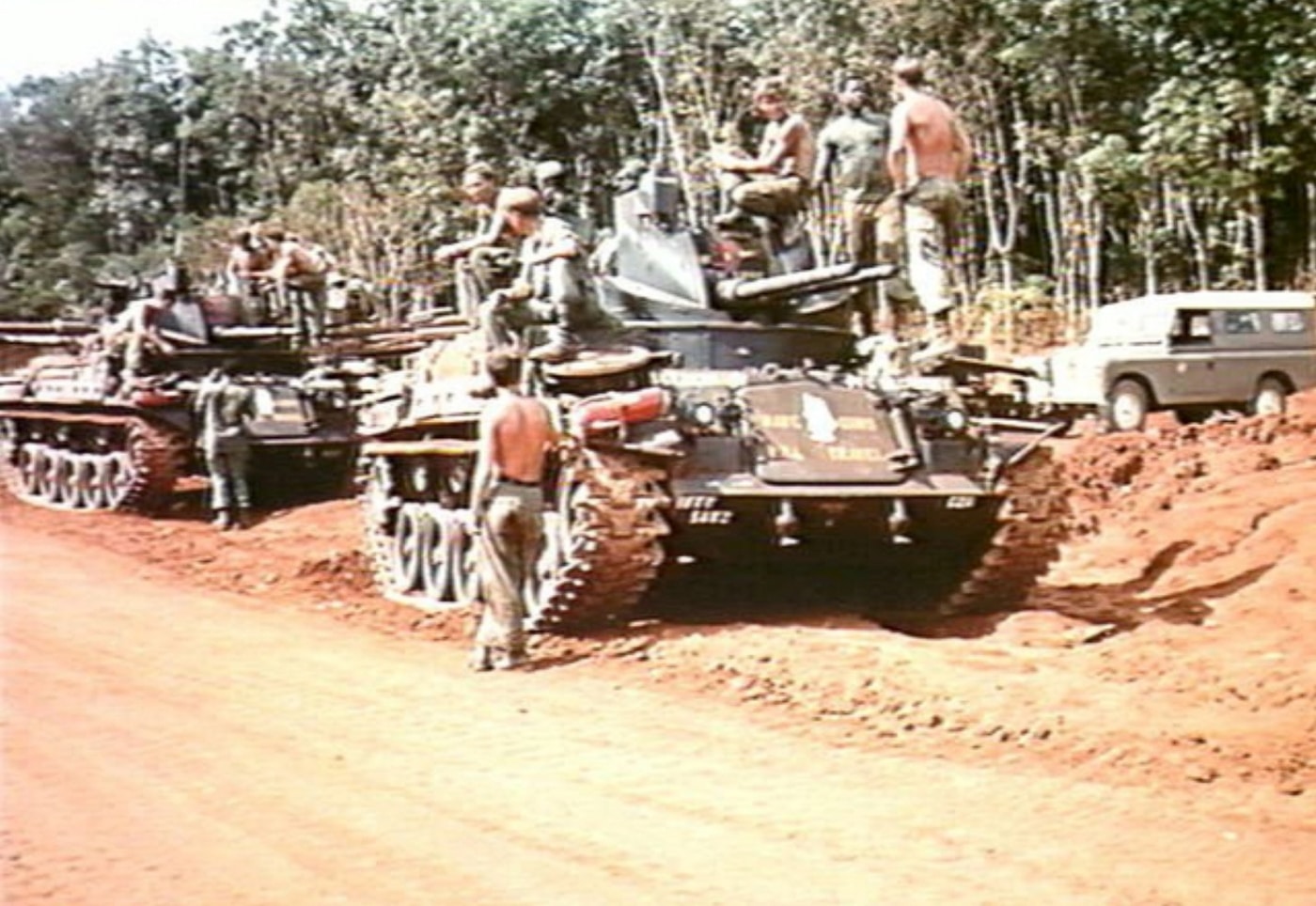
The crews of U.S. Army M42 Dusters take a break during a firepower demonstration in the Vietnam War. In the background is an Australian Centurion tank. Image: IWM/CC BY-NC 3.0 AU
The enemy feared the Duster, with the Viet Cong calling them Fire Dragons.
While the Duster excelled in many areas, it had its limitations.
The Duster was deployed as a convoy escort, perimeter defense, and infantry support.
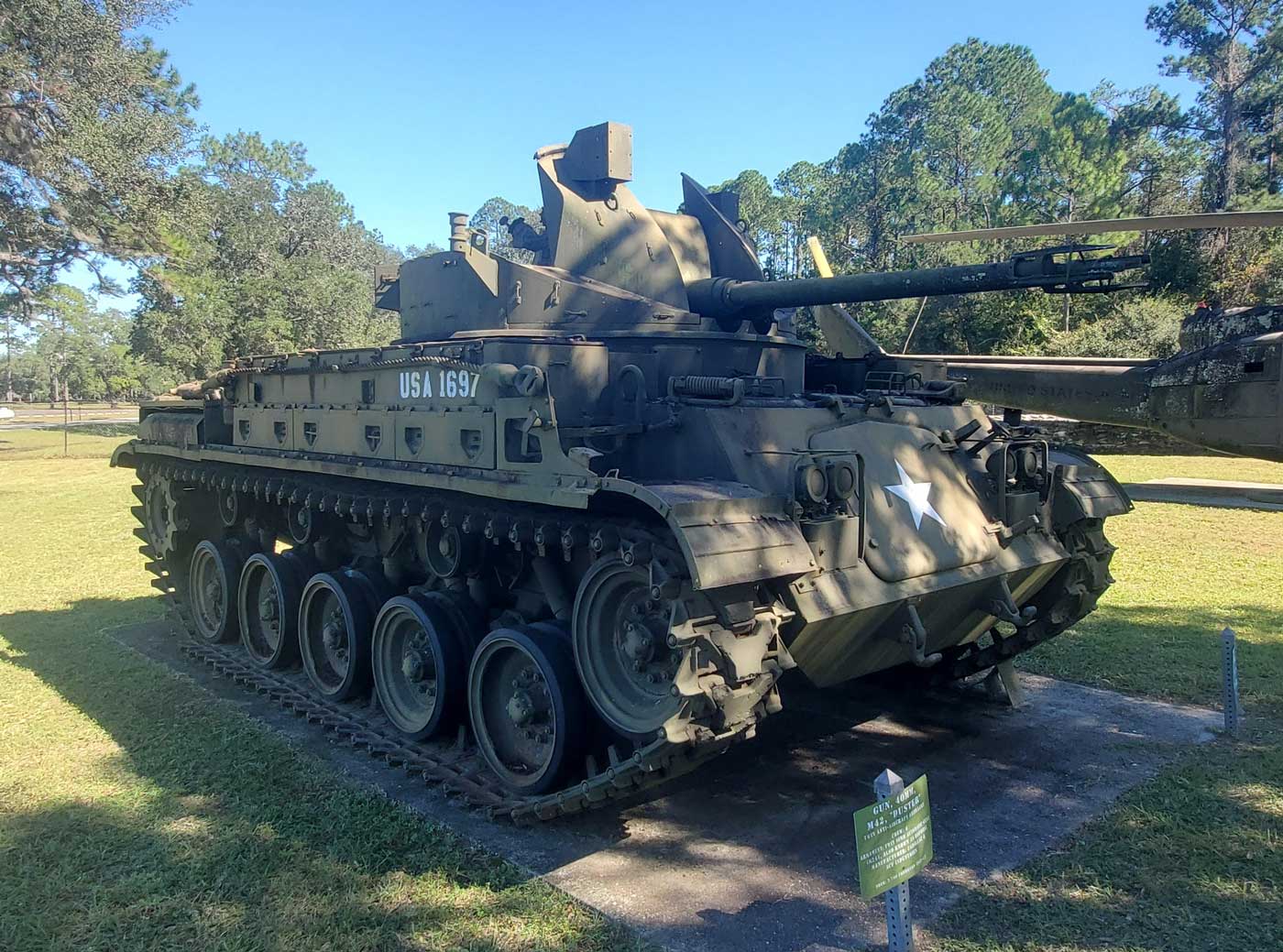
This M42 Duster is on display at the Camp Blanding Museum in Starke, Florida. The museum is located at the main entrance of Camp Blanding Joint Training Center and is open to the public. Image: Author
Dusters expended more than 20,000 40mm shells.
Each Battalion consisted of a headquarters battalion and four line batteries with two platoons, each with eight Dusters.
guns and searchlight jeeps.

Shown is the operative end of the twin 40mm Bofors 40mm cannons mounted in the M42 Duster. The photo was shot at the North Florida Military Museum in Green Cove Springs, Florida. Image: Author
When the battalions were fully deployed, there were over 200 Dusters in-country.
Overall, the Duster was a devastating tool that excelled at convoy escorts and base perimeter defense.
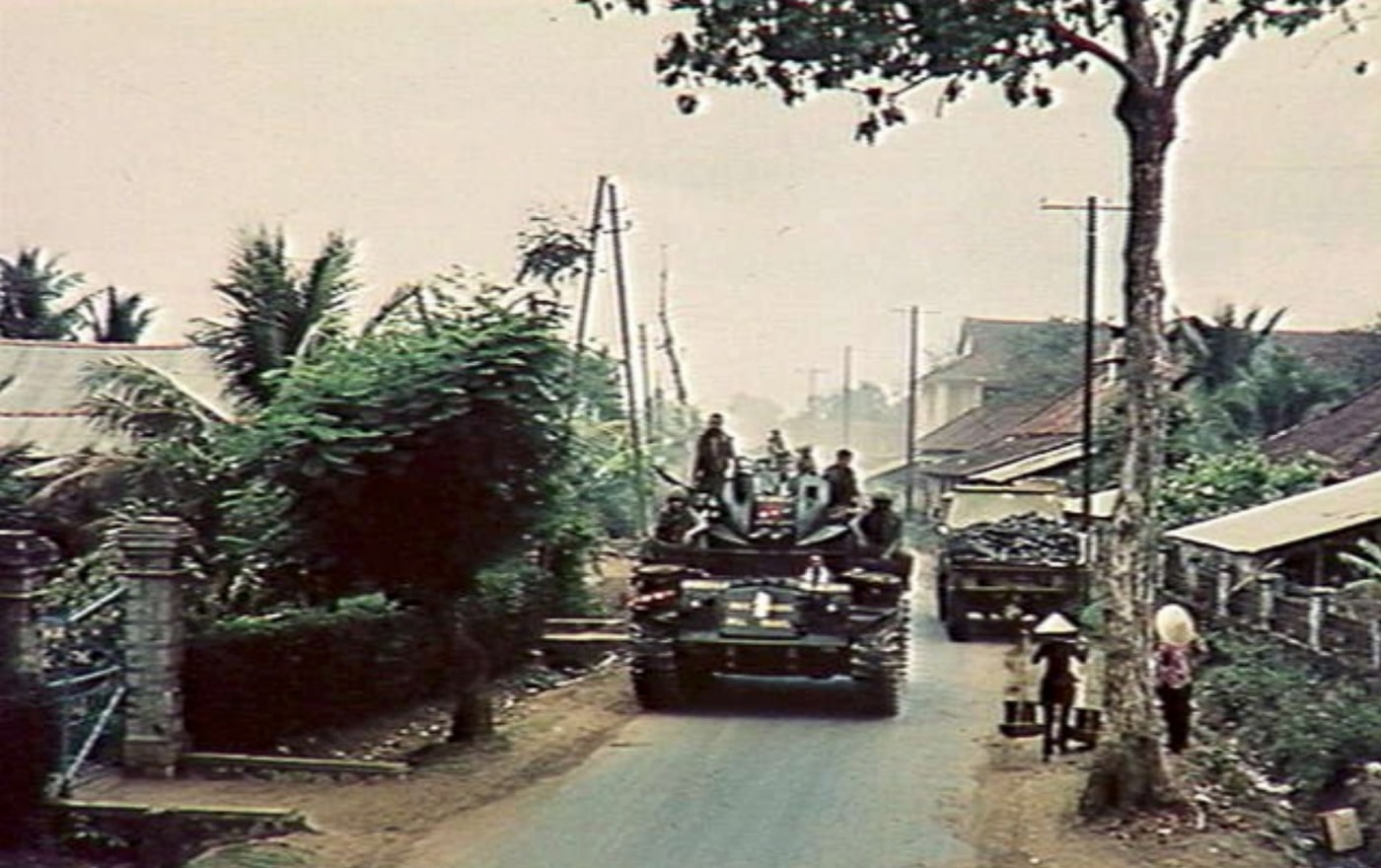
An American M42 Duster drives through Ba Ria, Phuoc Tuy province, in South Vietnam. Image: IWM/CC BY-NC 3.0 AU
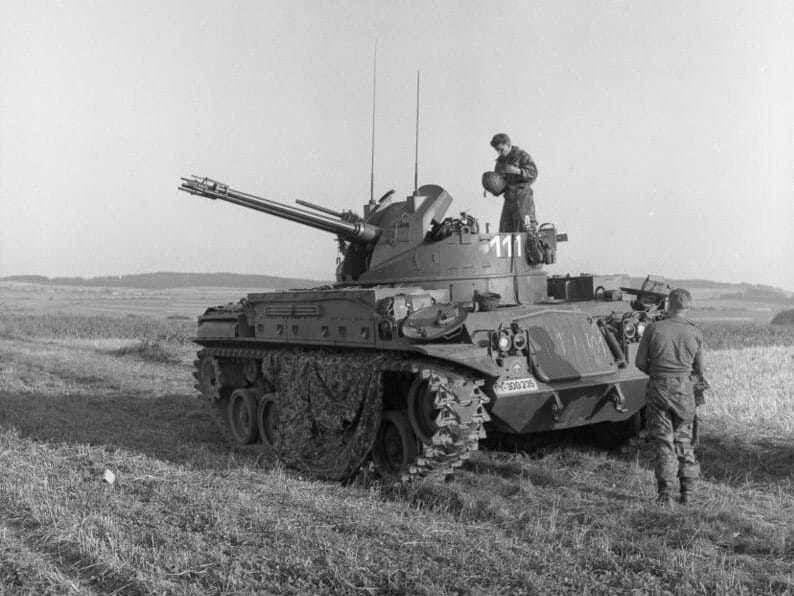
M42 Dusters were used by a number of United States allies. Here a M42 serves in the military of West Germany. It would eventually be replaced by the Flakpanzer Gepard in the 1970s. Image: Bundesarchiv




